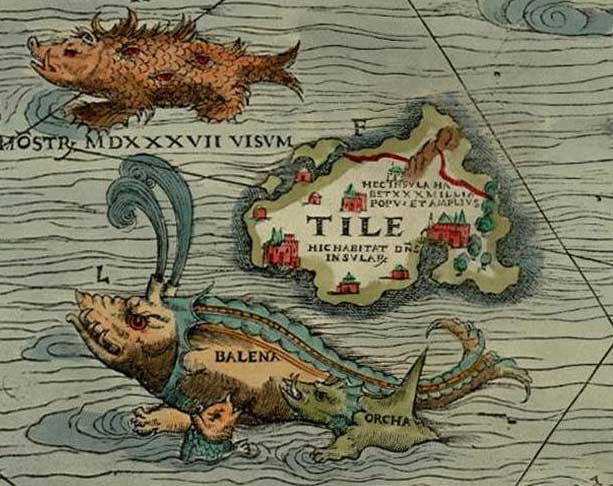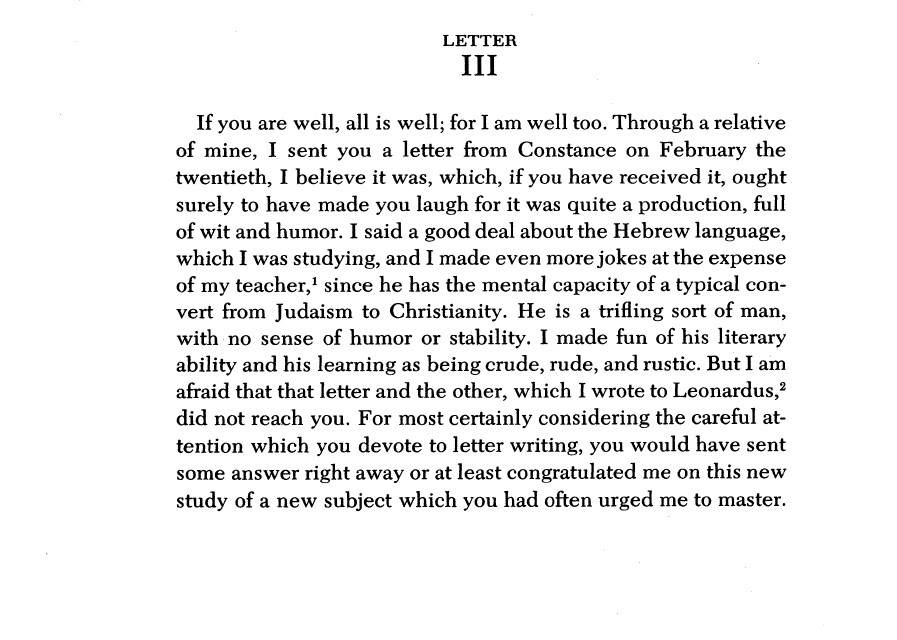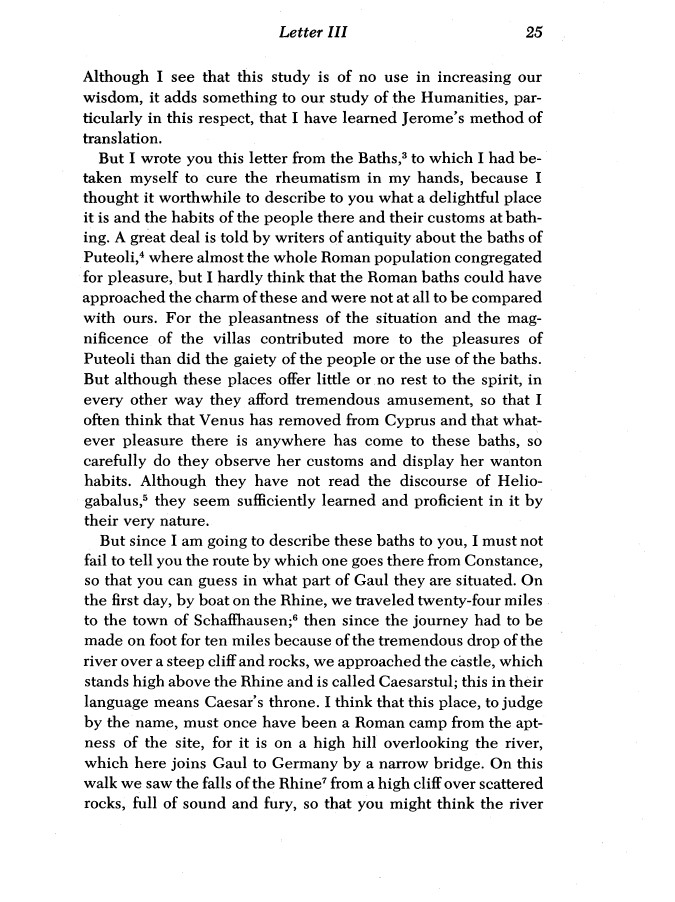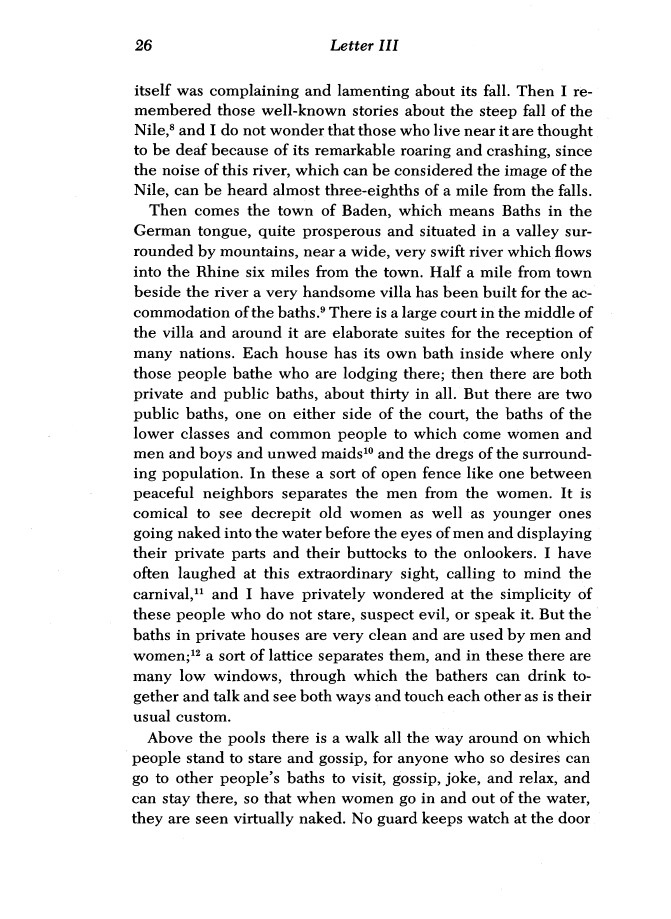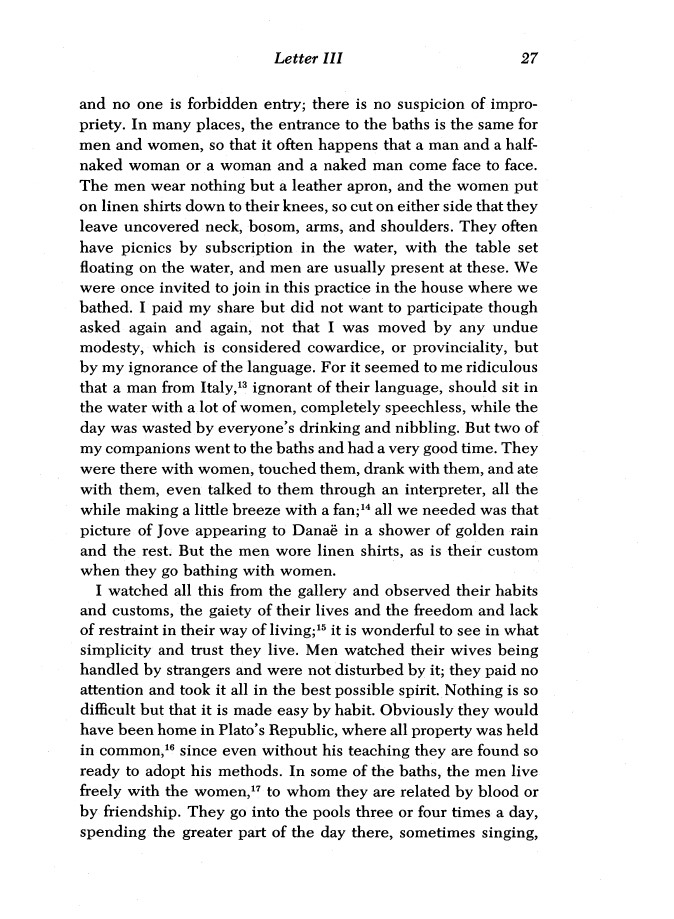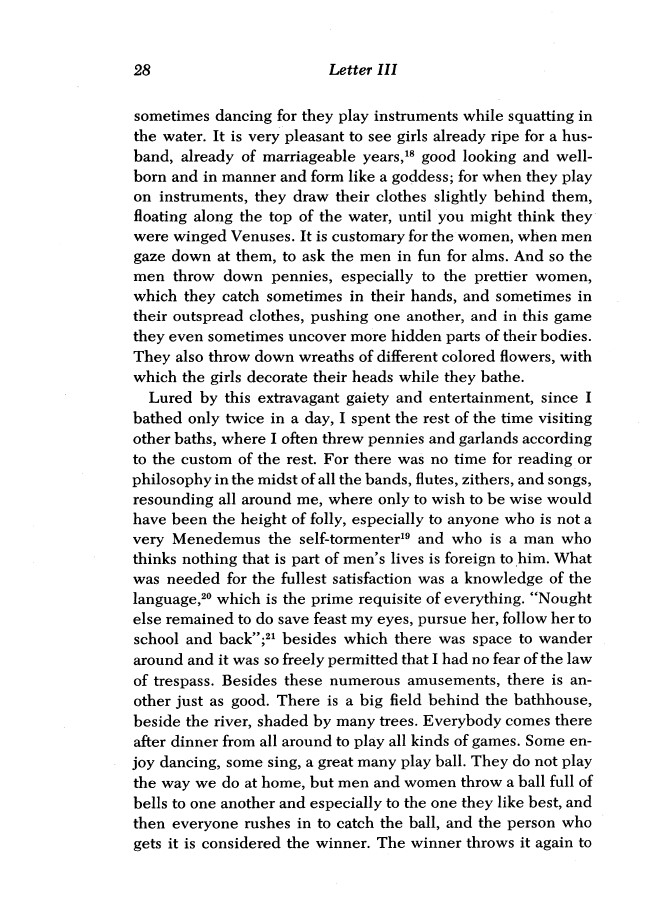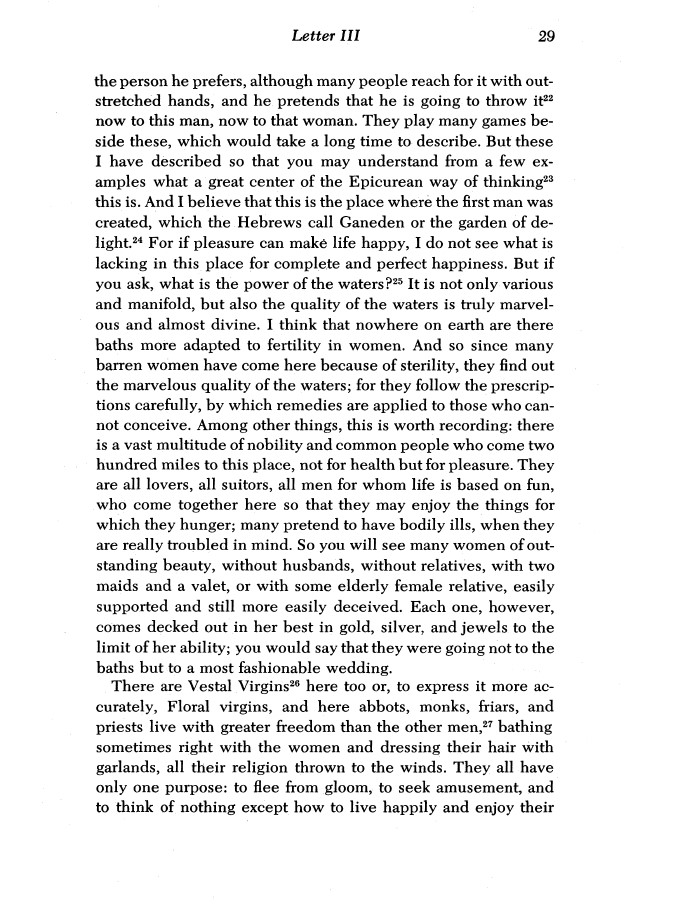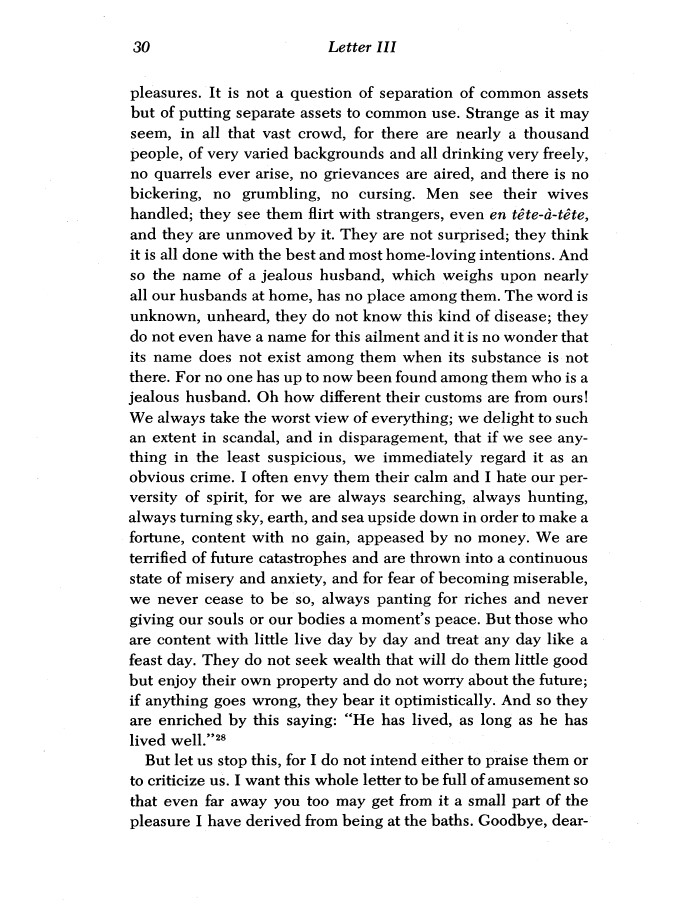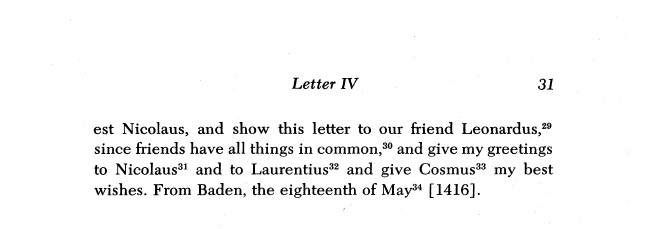1. Introduction
After a long break I started visiting the State Archives of Florence again. The collections of preserved documents are so numerous and rich in information that studying in that environment it is very promising for useful findings, whatever the specific sector of research. There is also a further possibility, impossible to encounter in any home search on recently digitized databases. In the ASF you can meet scholars and researchers willing to share the results of their research: years ago I happened to meet one of them, Lorenz Böhninger, who informed me of his discovery with interesting news for the history of playing cards. Footnote 1)
After some time, a friend once again reported to me a discovery of his, an inventory of one haberdashery in the Antecosimian Notary. Over many years I have had the opportunity to investigate many ASF funds, but I have always stayed away from the Notary. In truth I also looked for something in that fund, however
example by searching for Giusto Giusti's documents (Footnote 2), but I have done it in a limited number of cases and for one precise reason. I have more than one justification for this laziness of mine. They play against one research in that fund the enormous number of preserved documents and, even more, the fact that usually yes these are protocols or abbreviations, copies of deeds quickly written by the notary to keep them in own books, and therefore easy to read... only for those who wrote.
As if that wasn't enough, I had the opportunity to talk about it with a scholar who had professional reasons leafed through hundreds of these books. To my question if you had come across any news on playing cards, she replied that it had never happened to her. Here the question is complex, because in the old literature we read that some scholars reported having found numerous attestations on the naibi themselves in that fund, without it being of any interest to them for their research, and without anything indicated precise references. One possible explanation is that if an archivist comes across terms
like naibi, or even trumps, or germini, he will hardly be able to connect them with playing cards if any of thesehe doesn't know ancient history.
In many inventories of the period that I have examined in other collections, playing cards are never present, or almost never. I would have concluded, on a statistical basis, that decks of playing cards were only preserved in the taverns, where the players borrowed them for a match, or, if they were present in the
private homes, were considered perishable goods - in short, non-inventoriable, valueless material.
Obviously the situation is different if the inventory concerns what is stored in a haberdashery, or (a case which has not yet occurred in the fifteenth century to my knowledge) in a paper maker's shop. However, my friend found playing cards with their "modern" names in the fifteenth century, and also trumps. This discovery concerns the inventory of a haberdashery, and of I'll just look at the playing cards for this one.
2. Comment on the recorded data
The occasion for drawing up the list of goods contained in the haberdashery in question is the death of the haberdasher, Matteo di Paolo Corsellini, and the need to list all the goods in the shop to pass them on in inheritance and satisfy creditors. In this circumstance you can be sure of the correspondence between
goods listed and goods actually contained in the shop. I copy below from the inventory of 1462 (Footnote 3) only items of specific interest to playing cards.
1 The Playing-Card, Vol. 44, No. 1 (2015) 61-71.
https://www.naibi.net/A/IPCS44N1.pdf
2
http://trionfi.com/giusto-giusti ;
https://www.naibi.net/A/127-GIUSTI-Z.docx
3 ASF, Antecosimian Notarial, 17967, cc. 240r-242v.
End of page 1

